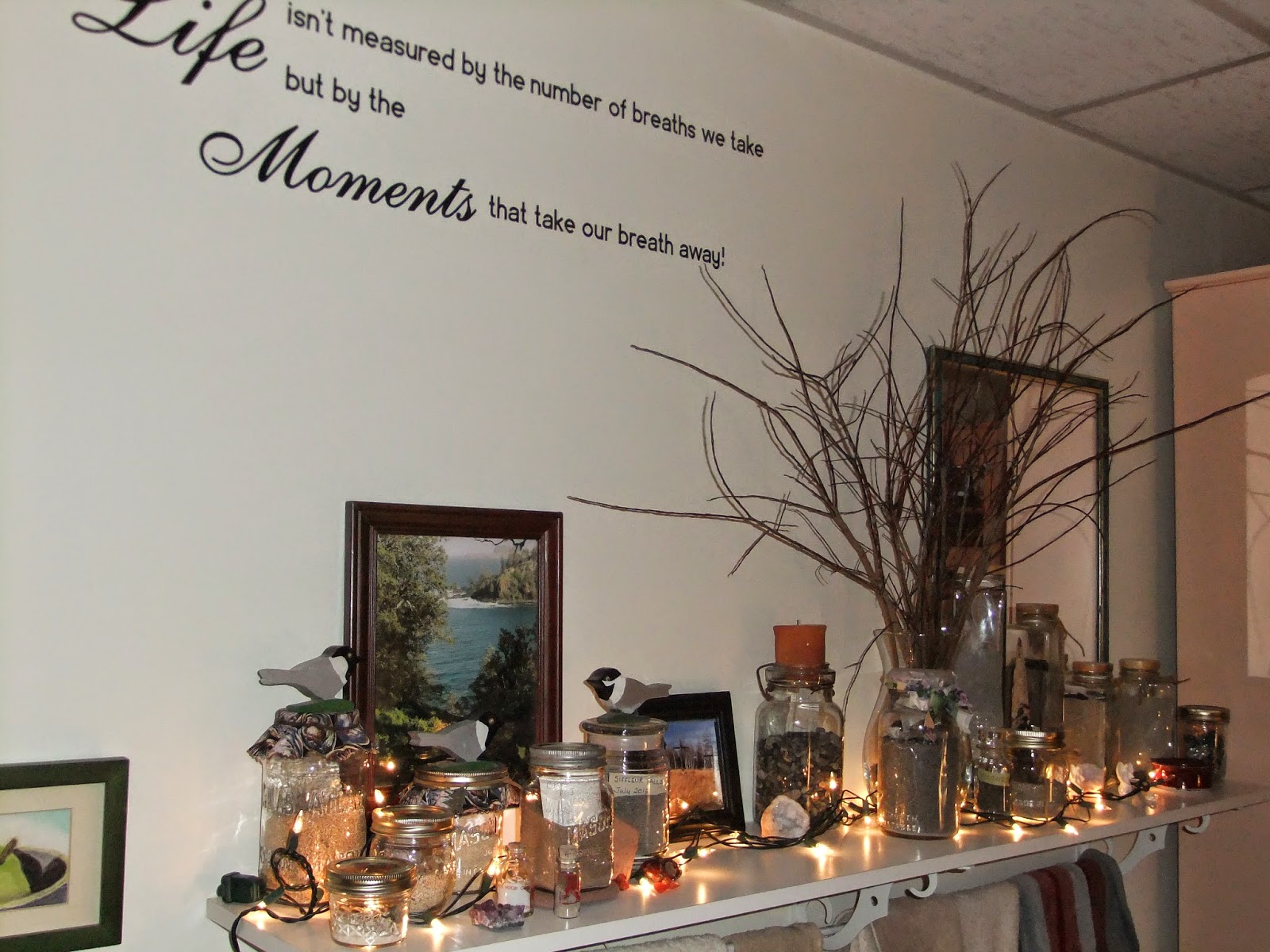Back in a slower, simpler time, moms and dads packed food, dishes, bedding, vacation clothes, and kids into the Model A and headed for one of numerous resorts dotting the shores of Camano Island. Cama Beach Resort was a favorite of many people in the 1930s. A double row of sturdy cedar cabins lined the shell and gravel beach at the foot of a steep, forested hill. Vacationers could rent a boat or bring their own. They could go fishing or crabbing, beachcomb or sunbathe or birdwatch. In the evening they could sit outside their cabin and watch the sun set over Whidbey Island, or if it rained, gather around the table inside for board games.
 |
| Cama Beach cabins overlooking Saratoga Passage | | | | | | |
Most island retreats faded into disuse with the coming of bigger, fancier resort destinations. But privately owned Cama Beach remained in the hands of the original family owners until sisters Karen Risk Hamalainen and Sandra Risk Worthington decided that, rather than sell their beautiful piece of property for commercial development, they would allow the public access. They deeded it to the State Parks Department with the stipulation that the resort be restored for use as a park.
The work took 18 years, but in 2008, Cama Beach Resort reopened as Cama Beach State Park.
 |
| Restored cabins at Cama Beach |
|
|
On summer weekends, the refurbished cabins are reserved months ahead. Weekdays are not so busy. In late autumn, not only do prices go down, but the resort is much less crowded. We reserved one of the seven deluxe cabins for a mid-October Sunday overnight (deluxe means there’s a tiny bathroom, with a shower, toilet, and an Amtrak-washroom- sized sink). The standard cabins share a nearby washhouse.
 |
| The park also hosts a branch of the Center for Wooden Boats. |
 |
| Each cabin sleeps at least four, and each bed has a brightly-colored
quilt, hand-made and donated by the Cama Beach Quilters, whose items are
also on sale at the park’s store-museum. |
 |
| Kitchen area, with sink, microwave, coffee maker, and refrigerator |
As people did in the 1930s, we brought our own food, dishes, bedding, and towels. A free shuttle van carried us and our camping goods from the parking area on the hill down to our cabin. We stowed everything inside, then hurried out to enjoy the beach while daylight lasted. If we’d been earlier, we could have hiked some of the miles of trails through the woods. We ate dinner at our picnic table beside the beach while the sun sank behind Whidbey Island. We weren’t entirely disconnected from the world. I checked to see that our only electronic gadget, the cell phone, had reception, then tucked it away.
 |
| Following our tracks back to our cabin |
 |
| The view from our picnic table |
|
|
The shelves in our cabin held an assortment of donated books and board games. We enjoyed cocoa and conversation over a long game of tri-ominoes and called it a day.
The park is quiet in the off season. We heard no neighbors scraping chairs across their floors or kids romping around the cabins. Indoor light comes from energy-efficient electric bulbs, but outdoors flashlights are necessary after dark. Once the sun disappeared, the only light came from a sliver of moon between clouds. There were no traffic sounds, no train whistles...only an occasional plane overhead, and the splash of waves on the beach. Peace and quiet...exactly what we’d hoped to find, just as did October visitors, decades ago.
Google Cama Beach State Park online to plan your own get-away.












